During our recent test drive of its new flagship XC90 SUV in Gothenburg, Sweden, Volvo also arranged for us to sample a few of its other electrified models. It was a rare opportunity to get a feel for the brand’s current footing on electrified powertrains before it goes all out with the technology for its future models.
Do note beforehand that while the seven-seater XC90 we reviewed will be available very soon in Malaysia, chances of the C30 Electric, S60L T6 Twin Engine and V60 D6 Twin Engine we were offered to drive to ever be available in our country is close to zero.
We were given a few laps in each of the cars around a small test track typically used by Volvo to put their new vehicles through their paces at mild speeds. The length of the narrow circuit felt like it was no more than two kilometres long, and featured a good mix of tight hairpins, off-camber turns, chicanes and steep hillclimbs.
Volvo C30 Electric
The first car we took for a spin was the Volvo C30 Electric. Just 250 examples of the full-electric two-door hatchback were ever made. Several of which were leased to customers in the US, China, Sweden and a few other European countries.
To recap, the C30 Electric is Volvo’s first modern-day attempt at a full-electric vehicle. It debuted at the 2010 Paris Motor Show, and was delivered to customers in the following year. Volvo didn’t intend for the C30 to tip any sales charts. Instead, the project was an experiment to gather valuable feedback from everyday drivers.
The car features a 111 hp/220 Nm electric motor. Storing energy is a 24 kWh lithium-ion traction battery positioned where the fuel tank would be. Additional cells are also positioned within the transmission tunnel.
Notably, Volvo’s new SPA and CMA platforms both share a similar design that places the traction batteries within the centre tunnel. Having the rectangular-shaped cells stacked there doesn’t compromise boot space.
Volvo claims that its C30 Electric is capable of sprinting from zero to 70 km/h in six seconds, while a full century sprint would take 12 seconds. Top speed is said to be just 130 km/h, but as we discovered during our drive, pushing 140 km/h is possible.
Based on the NEDC test cycle for hybrids, the full-electric hatchback is claimed to have a driving range of 163 km. However, Volvo engineers suggest that 150 km is a more realistic range. When the batteries are flat, it would take approximately 10 hours to fully recharge them via a 230-volt, 10-amp power supply such as ours in Malaysia.
In reality, the range and charging time makes this an ideal zero-emissions daily driver. Being able to cover most routine commutes to the office and back is a no brainer. Even if you work 50 km away from home, there should theoretically be enough juice left in the battery at each day’s end, so long as you plug in the vehicle for a charge every night.
On to our driving impressions, and the first thing that caught our attention was the standard-included and very handsome R-Design exterior kit on the the C30 Electric. Stepping inside, there are a few unique items that sets this car apart from its fuel-powered counterpart.
For example, the rev counter within the instrument panel is replaced with a gauge for the battery’s charge level, while the small digital display screen offers average and current kWh per 100 km readouts.
The gear lever is another unique item, and features an additional “H” (Highway) position on top of the conventional P, R, N and D options. Sounds familiar? It should be if you are well aware of what’s coming in the new XC90, which itself has an additional “B” position. We’ll get to what the H position means soon.
Driving off, the C30 is remarkably quick off the line. Despite Volvo’s claims of a 12-second century sprint, the electric hatch doesn’t feel sluggish at all, negotiating the test track’s steep hills with ease.
Beyond 120 km/h is where the acceleration’s urgency starts to fall off, nearing Volvo’s claimed 130 km/h top speed. This writer did however manage to push the C30 Electric all the way to 140 km/h.
When you do lift off the accelerator, the electric motor’s deceleration forces act on the car with significant stopping power, regenerating energy into the traction battery whilst mimicking the feeling of pushing down on the brake pedal by 30% or so.
On the test track and in the “D” gear position, we barely ever used the brake pedal. We’re quite sure your use of it in the real world would be limited as well. The point reaffirms Volvo’s position to use aluminium rear brake discs on the C30, certain of its long-term durability and weight-saving benefits.
Selecting the Highway (“H”) position on the gear lever allows the car to roll freely, presumably for when highway coasting is necessary. And given that this experience also marked this writer’s first time being on a track in a Volvo, it was nice to explore its vehicles’ dynamic potential.
Pushing the C30’s chassis out of its comfort zone reveals a significant amount of body roll that will unsettle drivers and discourage you from going any quicker. Personally, I wouldn’t call this is a discredit to the Volvo — tackling corners at high speed is not a job the C30 was made for.
With just the two laps around the two-kilometre circuit to draw a conclusion from, it’s clear that the C30’s arrival in 2011 made it well ahead of its time, and highly underrated for what it is. Gladly, the spirit of the car will live on in future electrified Volvos.
Volvo S60L T6 Twin Engine
Our next run was in the Volvo S60L T6 Twin Engine – a long-wheelbase plug-in hybrid sedan made purely for the Chinese market, and produced in Volvo’s Chengdu Plant there.
The petrol engine in the S60L is identical to the Drive-E 2.0 litre supercharged four-cylinder mill in the Malaysian-spec XC60 T5, tuned to deliver 238 hp and 350 Nm. However, the model earns its T6 stripes by adding on a 68 hp/200 Nm electric motor that sends power exclusively to the rear wheels — effectively forming a hybrid all-wheel drive system.
Volvo says that the S60L plug-in hybrid’s total system output amounts to 306 hp and more than 500 Nm of torque. It also claims that the car is capable of performing its century sprint in just 5.6 seconds. A smooth and fast-shifting Aisin-sourced eight-speed torque converter automatic transmission is equipped as standard.
An 11.2 kWh lithium-ion traction battery is located under the boot floor of the vehicle, marginally compromising cargo capacity. Based on a 230-volt, 10-amp power supply such as ours in Malaysia, Volvo says that it only takes 4.5 hours for the battery to be fully recharged.
Fully-charged, the car is claimed to have a full-electric range of 53 km. Its hybrid fuel consumption based on the NEDC test cycle is rated at 2.1 litres per 100 km. To help drivers manage the S60L plug-in hybrid’s efficiency and performance, the Volvo features three selectable drive modes — Pure, Hybrid and Power.
Given the cold Swedish weather we were faced with, it was useful that the S60L featured a climate pre-conditioning system that allowed us to warm up the cabin before getting in.
We began our two-lap tour of the short test track in the full-electric mode by default, and managed to climb the steep hill at the end of the pit straight with ease, touching 60 km/h in the process. That revealed early on just how easy it was to keep the car running in its full-electric mode without startling the combustion engine.
Whilst warming up to the car, we also noticed that despite our test drive coming after three or four enthusiastic international journalists before us, there was still a healthy charge in the battery — we observed it at just below the three-quarter-mark as shown on the vehicle’s instruments.
Going full-throttle in the S60L plug-in hybrid is an intoxicating affair. You could argue that the narrow circuit exaggerated the feeling of speed by some measure, but the T6 Twin Engine’s power is very capable of pinning your back to the seats throughout its rev range. It also makes a beautifully deep growl every time you stamp the throttle.
As with most Volvos I’ve personally driven, cornering is not the S60L’s greatest strength. The additional length and weight of this LWB model is noticeable, and only increases the car’s lateral body roll.
The chassis does appear to offer substantial mechanical grip, but just like the C30 mentioned above, you have to put a lot of faith in it to hang on while your body is thrown in the opposite direction of wherever the nose points.
Switching to Sport mode, the S60L becomes almost too aggressive for the narrow circuit we were on. Having snuck in an extra lap out of pure adrenalin, we still wished for paddle shifters to complement the sporty dynamics. As a reasonable, comfortable and empowering daily driver, the S60L T6 Twin Engine completely nails it.
Volvo V60 D6 Twin Engine
The next car lined-up for us to test was the Volvo V60 D6 Twin Engine. Launched in 2012 and only available in Europe, the diesel-powered plug-in hybrid is also Volvo’s best-selling plug-in hybrid model to date.
Putting aside the fact that this was an estate model, nearly every other aspect of the car is identical to the S60L T6 Twin Engine, save for the five-cylinder turbodiesel oil-burner.
The engine produces 220 hp and 440 Nm all on its own, but the V60 also gets a 68 hp/200 Nm electric motor sandwiched between the engine and its eight-speed torque converter automatic transmission. And just like the S60L above, electric power is sent to the rear wheels exclusively, forming a hybrid all-wheel drive system.
The estimated 440 hp/620 Nm total system output is capable of propelling the car from zero to 100 km/h in 6.1 seconds — surprisingly, it is 0.5 seconds slower than the petrol-powered S60L T6 Twin Engine.
The 11.2 kWh lithium-ion traction battery is also located under the boot floor, and requires the same 4.5 hours to fully recharge on a 230-volt, 10-amp power supply. Full electric driving range for the V60 D6 Twin Engine is said to be 50 km.
Beating the S60L T6 Twin Engine’s rated fuel consumption, Volvo claims that its V60 D6 Twin Engine is good for 1.8 litres/100 km, based on the European NEDC test cycle for hybrids.
Driving the V60 isn’t all that much different from the S60L either, bar the minor differences in weight and dimensions of the two models. As expected, the petrol plug-in hybrid S60L maintains its ferocious acceleration for much longer compared to this V60.
The diesel-powered hybrid’s kick is found far lower in the rev range, with an estimated 620 Nm gushing in at less than 2,000 rpm — no official figures are available for the D6 Twin Engine’s peak torque engine revs. As with most turbodiesel cars, we’d expect the torque and lower consumption figures to prove more beneficial over routine daily driving.
As mentioned from the very beginning, Malaysians have almost no chance of seeing any of these models come to our shores. It is unfortunate, but the positive turning of Volvo’s tide has sealed this fate, even spelling the end for these specific models themselves.
With the dawn of the new SPA and CMA architectures, Volvo’s future line-up beyond the new XC90 will be dramatically different from what it is today. Every single model in the range will potentially put forward an electrified version of itself that will from the onset have the advantage of being built on a platform tailor-made for electrification.
The scale of Volvo’s ambitions is scarier when you consider that the new XC90 is set to become the brand’s oldest existing model in the line-up come 2017.
In any case, it is clear that Malaysians will get a first taste of the Swedish car maker’s exciting future, starting with the arrival of the new flagship and range-topping XC90 T8 Twin Engine model.
GALLERY: Volvo C30 Electric
GALLERY: Volvo S60L T6 Twin Engine
GALLERY: Volvo V60 D6 Twin Engine
Looking to sell your car? Sell it with Carro.

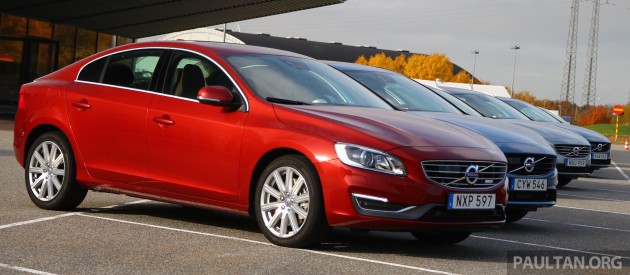




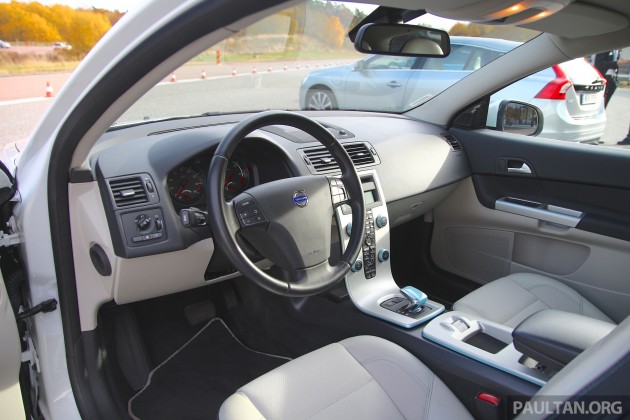







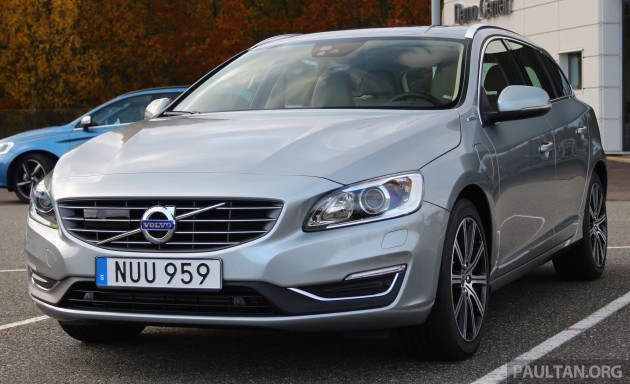


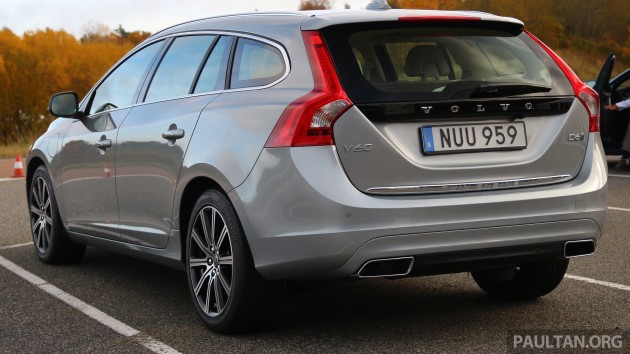

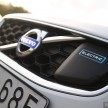
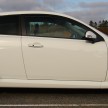
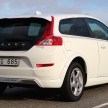
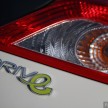
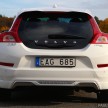
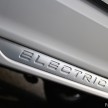
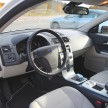
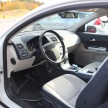
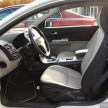
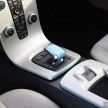



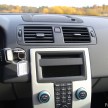

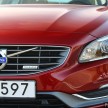
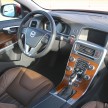
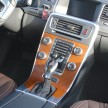
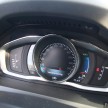
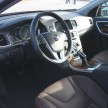

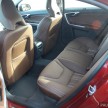
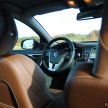
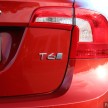
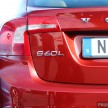
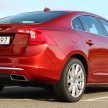
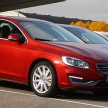
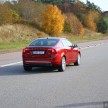
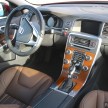
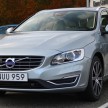
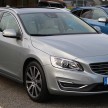
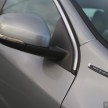
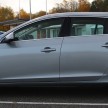
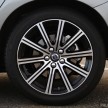
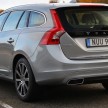
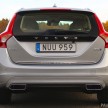
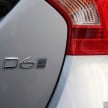
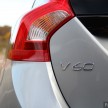
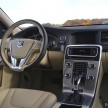
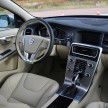


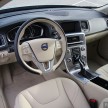
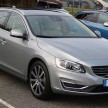









China car with Swedish name. Now, Volvo is fully made in China.
Okey when you buy it overseas cause cheap but in Malaysia, how to buy a RM300k China car?
After 10 years, you can have a preowned Volvo delivered to your doorsteps for less than RM30K,but please be forewarned…the spare parts are very very expensive cos very few dealers want to stock up their parts.
The Volvo marque have always been Sweedish. The chinese investor provided financial support in return for Volvo to transfer some of their tech to them, not the other way around.
If you are following the news, Volvo have grown from strength to strength since this new capital injection. Apart from cars being made in China, they do make them in Sweeden itself and not to forget our own backyard here in Malaysia.
There’s nothing Chinese about Volvo apart from having a Chinese investor/owner. Sadly, many illiterate and not-so-intelligent people still can’t understand the concept of shareholding, investment, etc. in a company and think that Volvo is now a Chinese marque.
Brush up your English please !
Most glaziers work a standard 40 hour workweek.